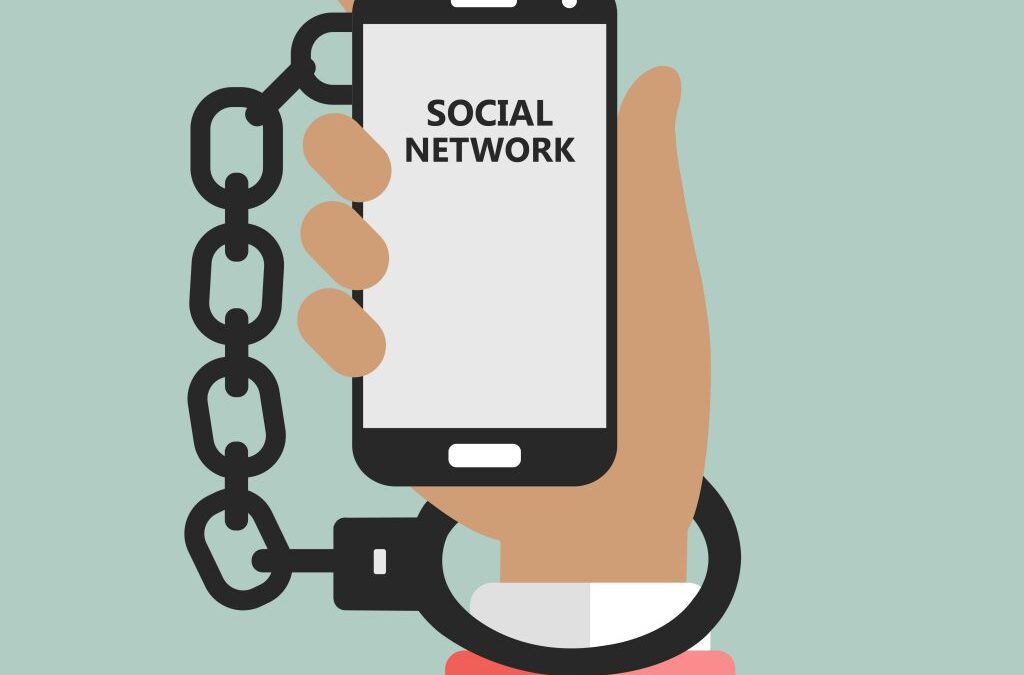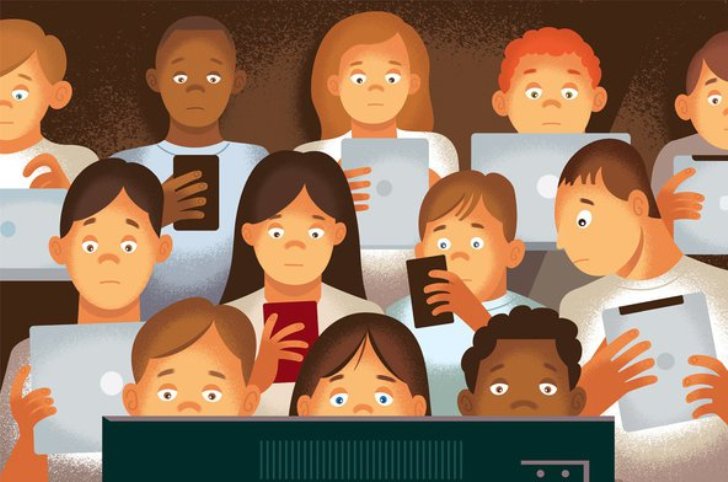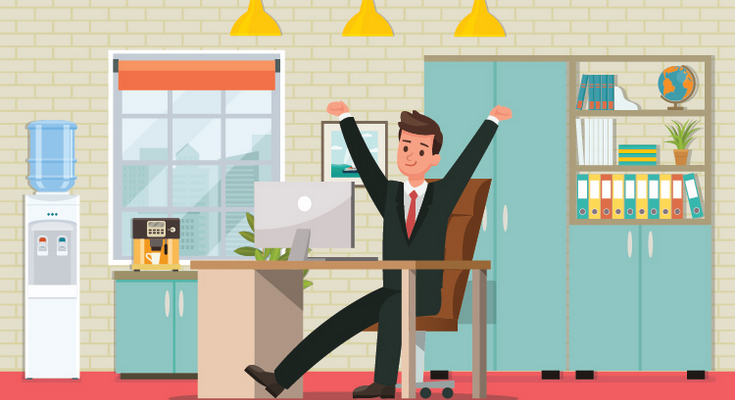
Making it (to) Work when you’re not Feeling 100%
While ideally the private and the professional life need to be kept distinct from each other, in reality it is a very thin, and porous line dividing the two. The line is especially blurred and porous when your mental health is suffering, and you are not at a great place in your life. You could be dealing with the insurmountable loss of a parent, an extremely bad break up, a lack of stability in your personal life, coping with being friendless in a new city, or sometimes even feeling anxious and depressed for no reason at all. On days like these, when you are going through hell, how do you get yourself to work? How do you clock it from 9 to 5, without letting the battle you are fighting within, take over?
Half the job is done when you decide to show up
Yes, at times, it is enough to just be able to summon the will power to show up. Set backs can be extremely difficult to deal with. Respect the fact that you are after all a human being who is not immune to hurt and heart break. Your will to perform and be productive at work is not independent of your mental health status. More than anything else, your mental health status is not a switch which can be turned on at 9 am and turned off at 5 pm. On days like these, getting out of bed, getting dressed, having breakfast and just making it to your desk on time is enough. It is progress, and it is something you should be proud of being able to do. Because on days like these, just showing up can be the most difficult thing to do. Just show up – that’s all you need to do until you’re feeling better.
Do the mundane, and the everyday – a routine can work wonders
When you are depressed and still getting over what has happened, you might find yourself craving anything but the ordinary, the mundane. Doing the everyday things scare us the most. Because given our frame of mind at that point, it is easier to distract ourselves, than to focus on doing things that need to be done. It is easier to stress eat, than to follow an established exercise routine. When you feel like you are being swept away by feelings of commotion within you, don’t run to distractions, let it pass and turn to the regular chore that demands your focus. Remember that it is only when you start doing the everyday things, when you start following a routine and discipline yourself will you truly be able to come back.
So show up at work, and do what you would have done on an ordinary day. Even if it is boring. Even if it feels like the most difficult thing to do in the world is to sit at your desk and draft an email to your client. Do it, and give yourself a pat for having achieved what you thought was the most difficult thing ever. And then keep doing enough of these tasks till you start feeling like you’ve got this.
Accept help – it is okay to not be okay
When someone has a broken leg in a cast at work, there are so many people who notice that he might need some extra help. Unfortunately, not many people are good at reading the subtle, and not-so-subtle signs of when someone is suffering from bad mental health. Wish there was some kind of cast for that, but there isn’t-yet. It is important to accept the help that is offered to you when you are dealing with mental health issues. It is important not just because it will help you, but also because it is an exercise in sensitizing other people around you who need to be more sensitive in identifying people who are not feeling a 100%, and offering to help. It is equally important for people who are not feeling okay, to know that they can reach out for help, and accept the help that is offered.
Be gentle with yourself, accept everything you’re feeling
Some days you will succeed in showing up, some days you won’t. And that’s okay. Some days you’ll feel inspired to be disciplined and follow a routine, some days you just want to eat cake all day. And that’s okay. Some days you’ll reach out for help and accept it when it’s given to you, on other days, you just want to be left alone. That’s okay too! Remember that more than anything else, you need to be gentle and patient with yourself. The road to emotional recovery is not linear. You might stick to a routine for a week, and then find yourself in a slump for the next five days. Don’t feel disheartened. Don’t feel like you’re back to square one. Because emotional healing is not linear, it is a constant journey. A journey inward where you discover something new about yourself every day.
If today is feeling especially rough, take courage and know that it will get better. Know that it’s always the darkest before the dawn. And know that above all, you are not alone.



